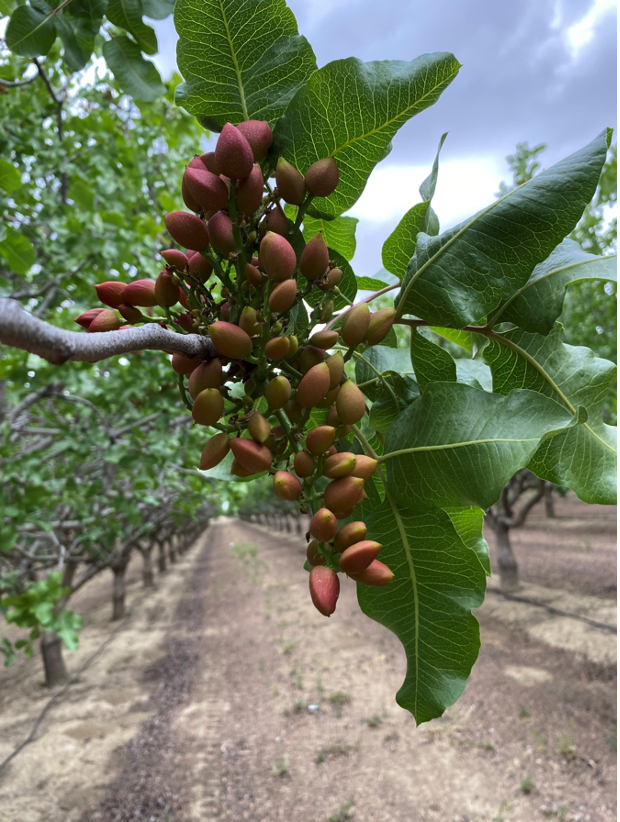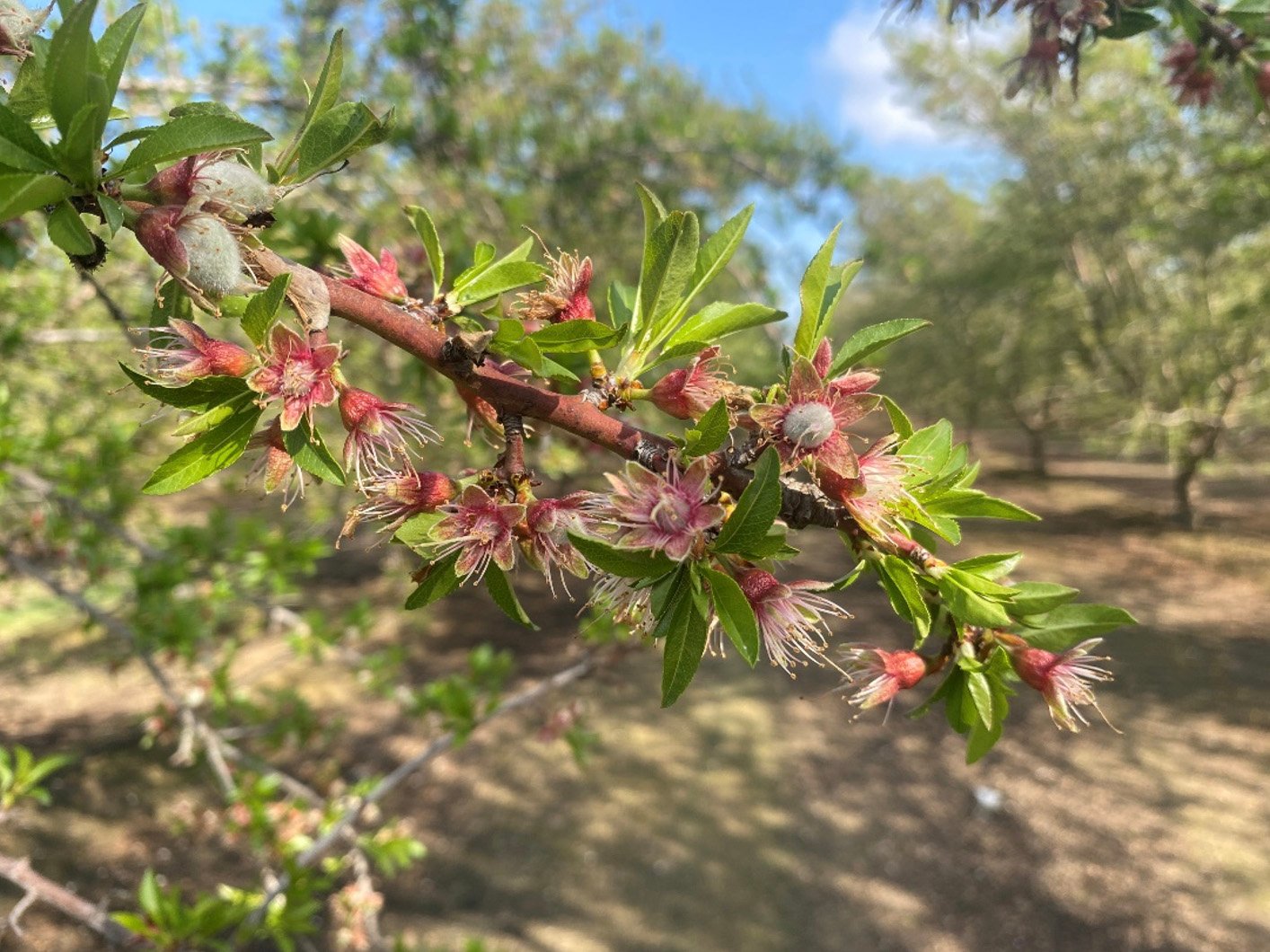In years when heat waves occur in Early May and June, it is important to ensure that the soil profile maintains adequate moisture for your orchard to utilize. This can be dramatically different for every orchard depending on field characteristics. However, for most growers this means being able to percolate water at least 12” to 24” with each application. Poor infiltration rates can sneak up when evapotranspiration (ET) rates begin to spike due to high heat, or as a result of essential nutrients in the soil profile becoming depleted due to root uptake in previous months. Having the ability to monitor the moisture status in your profile can reduce the numerous negative effects of a severe moisture deficit.
In the two cases presented, you can see the effect of short pulse irrigations versus large weekly applications that occur on less frequent intervals. The effects of irrigations tactics can be vastly different depending on the soil type of the orchard; this is where knowledge of soil type and real-time soil tension data come into play.

In the first case, this grower applies short applications on a heavy clay soil to refill the 12” profile, but as temperature increases throughout the year, applications begin to infiltrate less and less. This provides a substantially smaller amount of area for the tree’s roots to pull moisture from. The lack of infiltration, resulting in less available moisture in the profile, can result in reduced growth, kernel shrivel, and yellowing.
The signs and symptoms seen in the image on the right are results of severe moisture stress applied to the almond trees. The stress occurred due to short irrigations, which caused moisture to be pulled up immediately because of high ET rates and only a “shallow bank” of water available to be utilized.


A different, and almost opposite approach was taken in a nearby almond orchard with similar heavy clay soils. In the graph on the left, longer applications lasting 24 to 25 hours were executed, consistently recovering the 12” and 24” soil profile. Over time water can also be seen percolating to 36” which is often difficult for many growers to achieve during the hot summer months.
With this orchard, irrigations were timed for when both the 12” and 24” began to leave the blue band (10-40 kpa). This is the ‘comfort zone’ where the trees will experience little to no stress. In a perfect world, growers want to stay within the blue band at all times to minimize moisture stress for the tree as much as possible. It becomes even harder to apply water at the perfect time as the grower is attempting to irrigate around cultural practices in the field, while also integrating regulated deficit irrigation. This irrigation method allows for further travel above the blue band by applying moderately regulated moisture stress to the tree.
The results in this orchard were vastly different. The trees showed no visible signs of moisture stress. This is due to the soil profile not only staying within the blue band, but also consistently providing the tree with a reservoir of water to utilize. The “fuel tank” for this orchard was significantly bigger than the previous orchard observed due to the longer irrigations. Those irrigations provided increased infiltration and water availability as seen in the data above.

Overall, when monitoring and assessing your orchard’s water needs it is important to:
- Understand the soil type and water holding capabilities of your orchard’s soil profile.
- Analyze infiltration rates with each irrigation application using real-time tension data.
- Provide a consistent bank of water by expanding the water available in the soil profile with proper timing and duration of the application.





